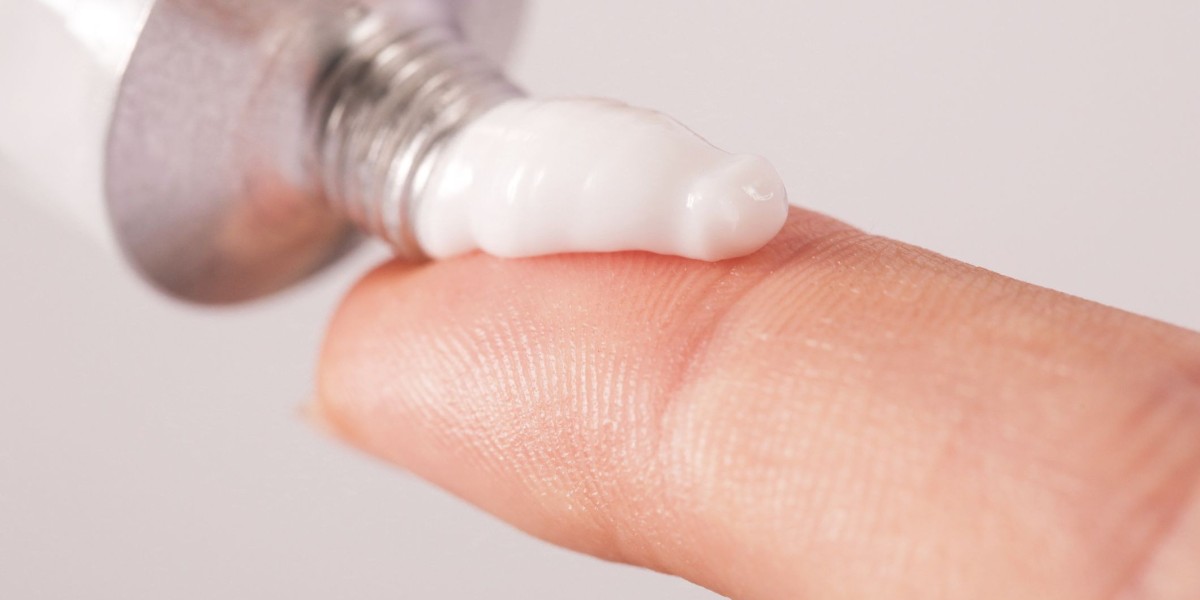In the realm of dermatology, few treatments have stood the test of time quite like topical corticosteroids. These powerful medications have revolutionized the management of various skin conditions, offering relief from inflammation, itching, and discomfort. Despite their widespread use and effectiveness, there remains a need for a nuanced understanding of their application and impact on skin health.
Understanding Topical Corticosteroids
Topical corticosteroids are synthetic derivatives of the natural hormone cortisol, which is produced by the adrenal glands. They exert their effects by binding to glucocorticoid receptors within cells, thereby modulating gene expression and inhibiting the production of inflammatory mediators. This anti-inflammatory action makes them invaluable in the treatment of various dermatological conditions, including eczema, psoriasis, dermatitis, and allergic reactions.
Precision in Treatment
One of the key principles in the use of Topical Corticosteroids is precision. Unlike systemic corticosteroids, which are taken orally or injected and can have widespread effects throughout the body, topical corticosteroids are applied directly to the affected area of skin. This localized approach minimizes systemic absorption and reduces the risk of systemic side effects, such as adrenal suppression, hypertension, and immunosuppression.
However, achieving optimal outcomes with topical corticosteroids requires careful consideration of factors such as the potency of the steroid, the severity and location of the skin condition, the patient's age and skin type, and the duration of treatment. A one-size-fits-all approach simply does not suffice when it comes to these medications.
The Importance of Potency
Topical corticosteroids come in various potencies, ranging from mild to super potent. The potency of a corticosteroid is determined by its ability to suppress inflammation and vasoconstriction. While mild corticosteroids are suitable for treating sensitive areas of skin, such as the face and groin, super potent corticosteroids are reserved for thick, resistant lesions on tougher skin, such as the palms and soles.
Using a potency that is too low may result in inadequate control of inflammation, while using a potency that is too high can lead to skin atrophy, telangiectasia, and other local side effects. Therefore, it is essential to match the potency of the corticosteroid with the severity of the condition and the characteristics of the affected area.
Get more insights on Topical Corticosteroids








